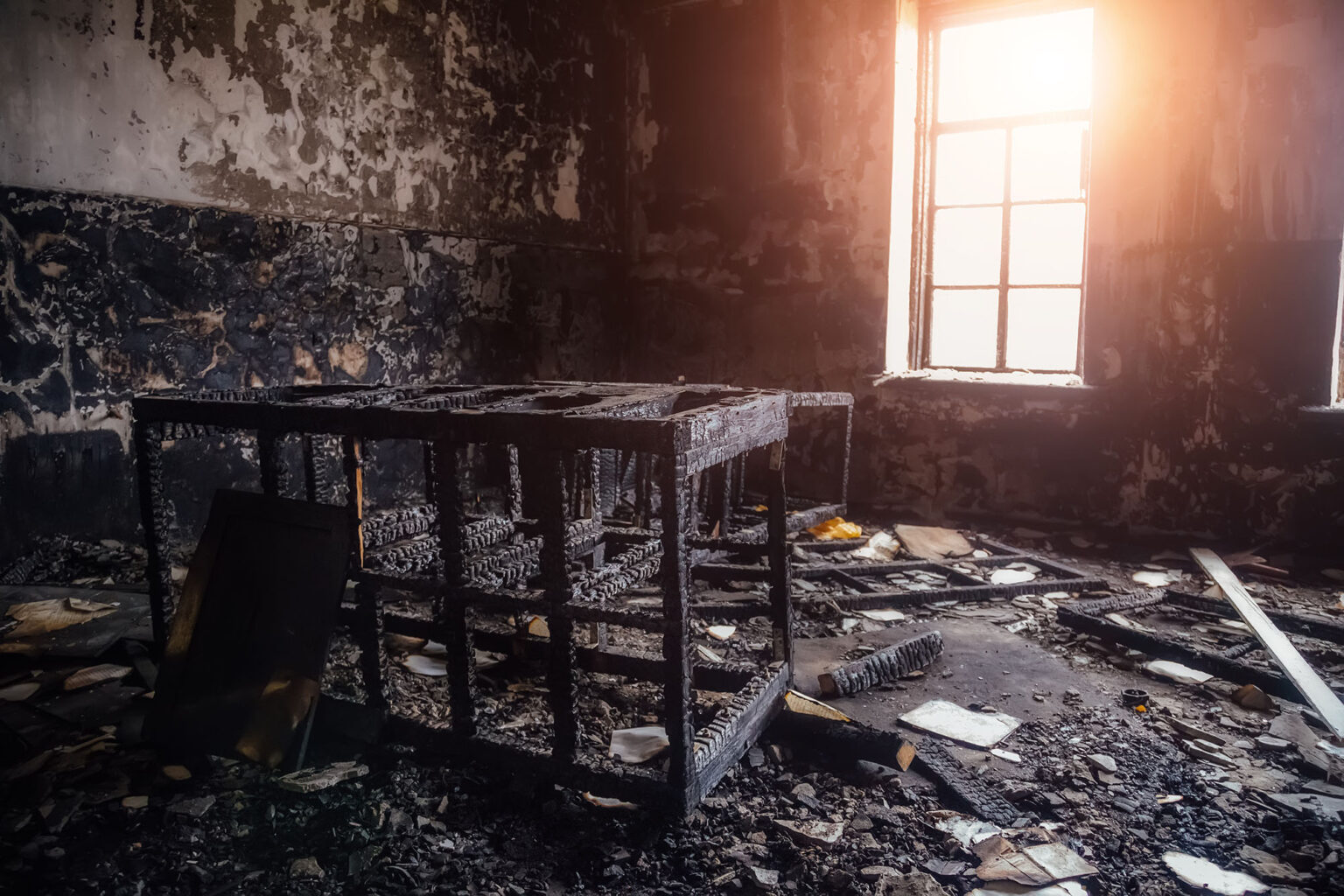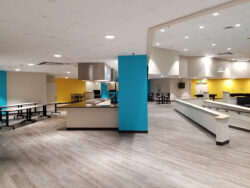Disasters–whether from fire damage, water damage, storm damage, or mold–can strike at any moment and create serious disruptions for multi-family complexes and their residents. The path to recovery involves multiple steps and coordinated efforts between a variety of stakeholders to ensure the safety and well-being of residents, and restore the property to its pre-loss condition. In this comprehensive guide, we’ll dive into navigating the challenges of multi-family disaster remediation effectively, from the immediate aftermath of the event to the final restoration and safety checks.
The first 24 hours
Immediate and timely disaster remediation is crucial–so be sure to partner with a renovations contractor that can have boots on the ground within 24 hours. The top priority should always be safety, so start by ensuring that all residents are safely evacuated and accounted for. Conduct thorough safety checks to identify any immediate dangers such as gas leaks, electrical hazards, or structural damage.
After emergency services have been contacted, the next step is to secure the scene. Board or tarp up damaged windows, doors, roofing, and any other exposed element to prevent further damage, and secure the perimeter to keep unauthorized individuals out.
Insurance assessment and planning
Once the site is secure and immediate dangers have been mitigated, your remediation contractor will assess the damage and begin to develop a scope of work. The scope will include any repair or renovation required to restore the property to pre-loss condition, and it must be submitted to the insurance adjuster before a claim can be filed.
Ideally, partner with a remediation contractor that creates the scope within the insurance company’s preferred software–for example, the ASH team creates scopes using the industry-leading Xactimate software, saving property owners hours of work recreating the scope before filing the claim.
Your remediation contractor’s plan should include timelines, costs, and specific actions to restore and repair the property.
Communication and resident support
Insurance claims can take 3 weeks to a month to be approved. Effective communication and support for residents are crucial throughout this process. Keep tenants informed about the progress of remediation efforts, using multiple channels such as emails, notices, and community meetings. Assist displaced residents in finding temporary housing, and provide access to counseling and support services for residents severely affected by the disaster.
Remediation and restoration
Effective disaster remediation involves several key steps to ensure the property is safe and habitable. Depending on the type and scope of disaster, your contractor’s work may include:
- Debris removal: Clearing out of debris and damaged materials, including furniture, drywall, flooring, and anything else that can’t be salvaged.
- Structural repairs: Addressing structural damage to the building and repairing or replacing beams, walls, roofs, and foundations.
- Water and mold remediation: If the disaster involved water damage, the property must be thoroughly dried out to prevent mold growth, through the use of dehumidifiers and fans. Make sure to partner with a contractor that is specifically certified for mold remediation.
- Electrical and plumbing repairs: Remediation may include rewiring, replacing pipes, and making sure all plumbing fixtures are safe to use.
- Restoration: Regardless of the type or scope of disaster, your renovations contractor should restore the interior and exterior of the property to its pre-loss condition, including painting, flooring, installing new fixtures, etc.
Final inspections and safety checks
Before allowing residents to return home, conduct final inspections to ensure the property is safe. Have local building inspectors review the work to confirm it meets all safety codes and regulations. Perform comprehensive safety checks for fire alarms, smoke detectors, carbon monoxide detectors, and other safety systems. Allow residents to walk through their units before officially moving back in to identify any concerns or issues.
Future disaster prevention and preparedness
It’s impossible to fully safeguard against any future disaster. However, taking steps to avoid future disaster and developing robust emergency plans can save you money in the long run, and give residents greater peace of mind.
Invest in safety upgrades such as fire sprinklers, flood barriers, and reinforced structures. Develop and distribute emergency evacuation and response plans to all residents, and conduct regular drills to practice. Regularly review and update insurance policies to ensure adequate coverage for potential disasters.
Have more questions about multi-family disaster remediation?
At ASH, we have decades of experience with multi-family fire remediation, water remediation, storm damage remediation, and mold remediation. We also have a 24/7 emergency contact hotline. If you have questions about our services, reach out to us today!





